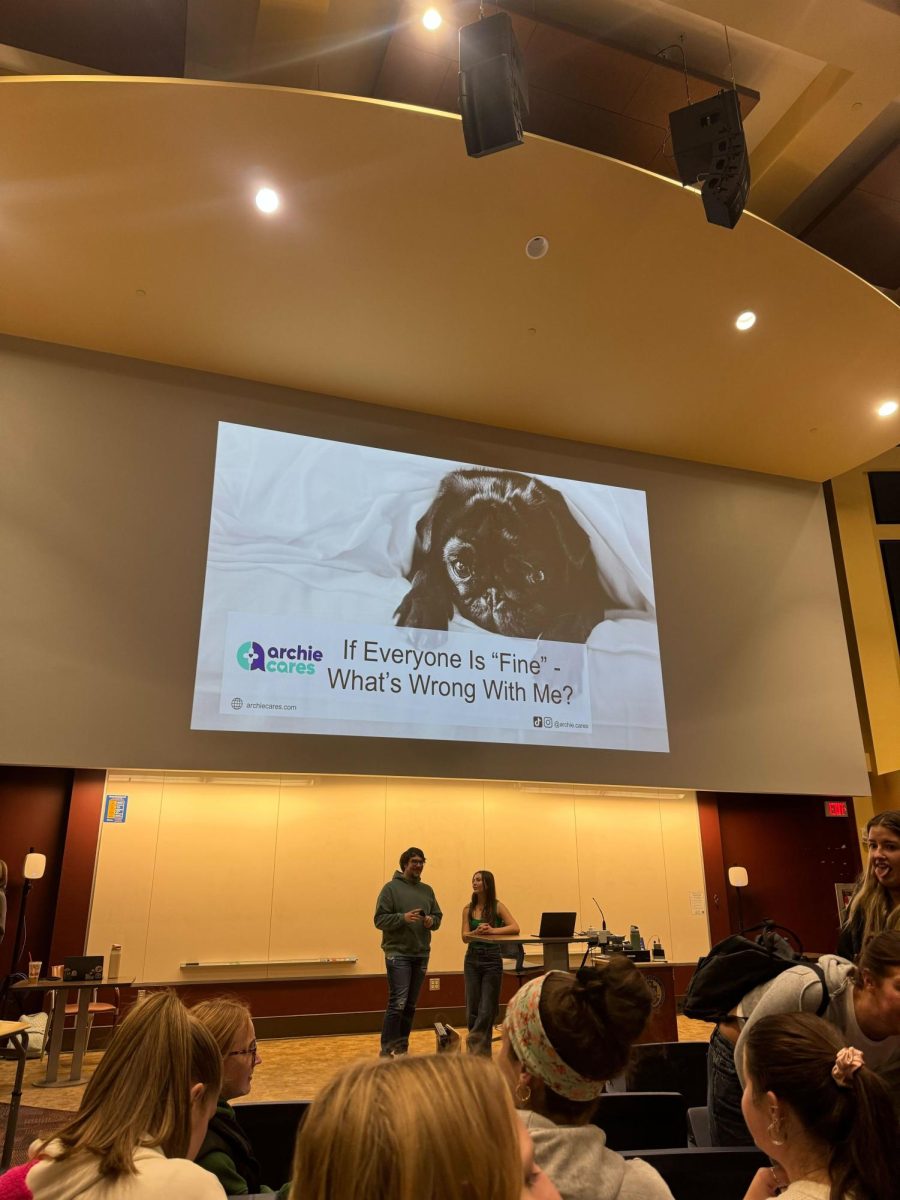‘Nativity’ combines Christmas story and African dance
December 9, 2010
Nativity: A Christmas Gift
Seventh Floor Auditorium, Alumni Hall
Weekends, Dec…. Nativity: A Christmas Gift
Seventh Floor Auditorium, Alumni Hall
Weekends, Dec. 10-19
8 p.m. Fridays and Saturdays, 5 p.m. Sundays
$20 general admission; $10 for senior citizens, students and children
412-648-2276
Year after year, many Christmas productions feature a basic nativity plot, a children’s choir and a script that doesn’t change. “Nativity: A Christmas Gift,” however, has only one thing in common with these productions: the story itself.
“Nativity: A Christmas Gift” is a loose adaptation of the 1960s Langston Hughes play, “Black Nativity.” The Shona Sharif African Dance and Drum Ensemble — part of Pitt’s Department of Africana Studies — will perform the musical production on the Seventh Floor Auditorium of Alumni Hall this weekend and next weekend.
Uma Satyavolu, who teaches in Pitt’s English department and is familiar with Hughes’ work, said “Black Nativity” is a “basic nativity play.”
“It uses a narrator who tells the birth of the baby Jesus,” she said. “It strings together African-American spirituals.”
Hughes, Satyavolu said, kept his play similar to the biblical story. He connects black traditions to the earliest models of the nativity story, and the two separate acts each represent a different time period. The first act focuses on the birth of Jesus, and the second is set in more modern times.
Oronde Sharif, the artistic director of “Nativity: A Christmas Gift,” and son of the late Shona Sharif, the founder of Pitt’s production, said the performance — although a liberal adaptation — retains one aspect of the original play: a similar conception of the birth of Jesus. This, however, is where the similarities end.
“Everything else [in “Nativity: A Christmas Gift”] is kind of ‘us’,” said Sharif, who also contributes to the choreography and acts as a cast member. “We still use some of the dialogue, but it’s really a combination of how we tell the story and use different characters.”
Unlike “Black Nativity,” “Nativity: A Christmas Gift” does not have two distinctly separate acts. Rather, the adaptation jumps from scene to scene and seamlessly combines the two portions of “Black Nativity,” Sharif said.
The biggest difference between “Nativity: A Christmas Gift” and other annual Christmas shows is that it incorporates African dance and drumming.
“Most of the African dances come from Senegal and Mali, in addition to modern and jazz dance,” Sharif said.
Sharif explained that many different groups perform a variation of “Black Nativity,” but to his knowledge, this production is the only one with traditional African dance.
Lamont Chatman, a drummer in the performance who also plays the role of King Herod, has been part of the show for 12 seasons. He explained that each year something changes in the production.
“Every year it’s a little different. We change something — from choreography to dancing to drum rhythms to singing. The audience doesn’t see the same thing,” he said.
“He keeps the legacy going — his mom’s legacy,” Chatman said of Sharif.
Sharif said the production eventually became so differentiated from its source material that a new title was necessary.
“We took a step further and changed the name, because it’s no longer Langston Hughes’ play,” he said.
With a different title, Sharif has more room for variation, and can cover a wider range of issues. .
Whereas the play sometimes touches on difficult events — one scene depicts a character struggling to cope with a death in his family — Sharif said the production aims to demonstrate how to find cheer in hardship during the holidays.
“Sometimes you’re dealing with family problems around Christmas, and it’s not all happy,” Sharif said. “How can we make something like that cheerful? It’s a different spin. It’s what the Christmas season is all about.”
Both Sharif and Chatman stress the importance of their unique take on the play and the ability it has to reach a cross-cultural audience.
“It gives … a whole other look on the nativity,” Chatman said of the play. “A lot of people are used to seeing the one form of nativity that you see on TV, but with the African drumming and dancing it’s telling a story, all done through the dancing and drumming.”


